
American Legacy Theatre: “See Me, Hear Me”
The goal of See Me, Hear Me is to spark a dialog between families, teachers, high school youth and anyone who works with young people

The goal of See Me, Hear Me is to spark a dialog between families, teachers, high school youth and anyone who works with young people
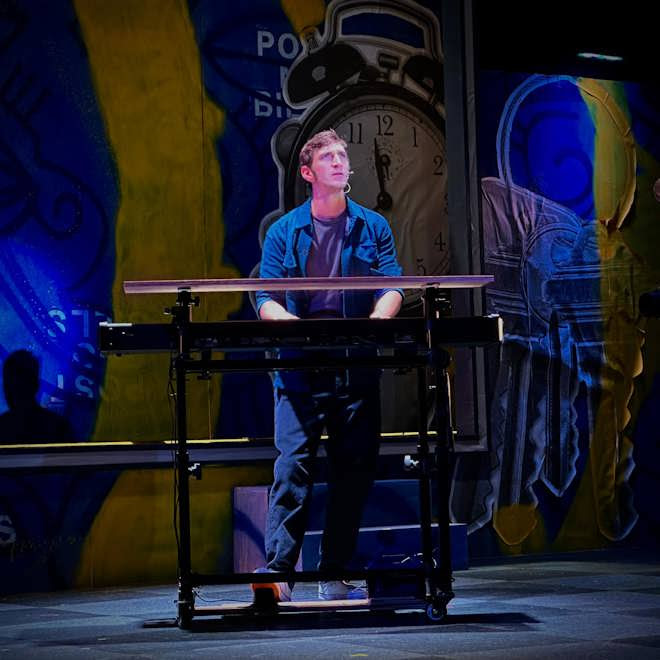
Tick, Tick…Boom! is an emotional journey of one person’s deep passion for his art.

The standout of this show is Patrick Earl Phillips. This quadruple threat portrays Jon with superb singing, acting, dancing, and piano skills.
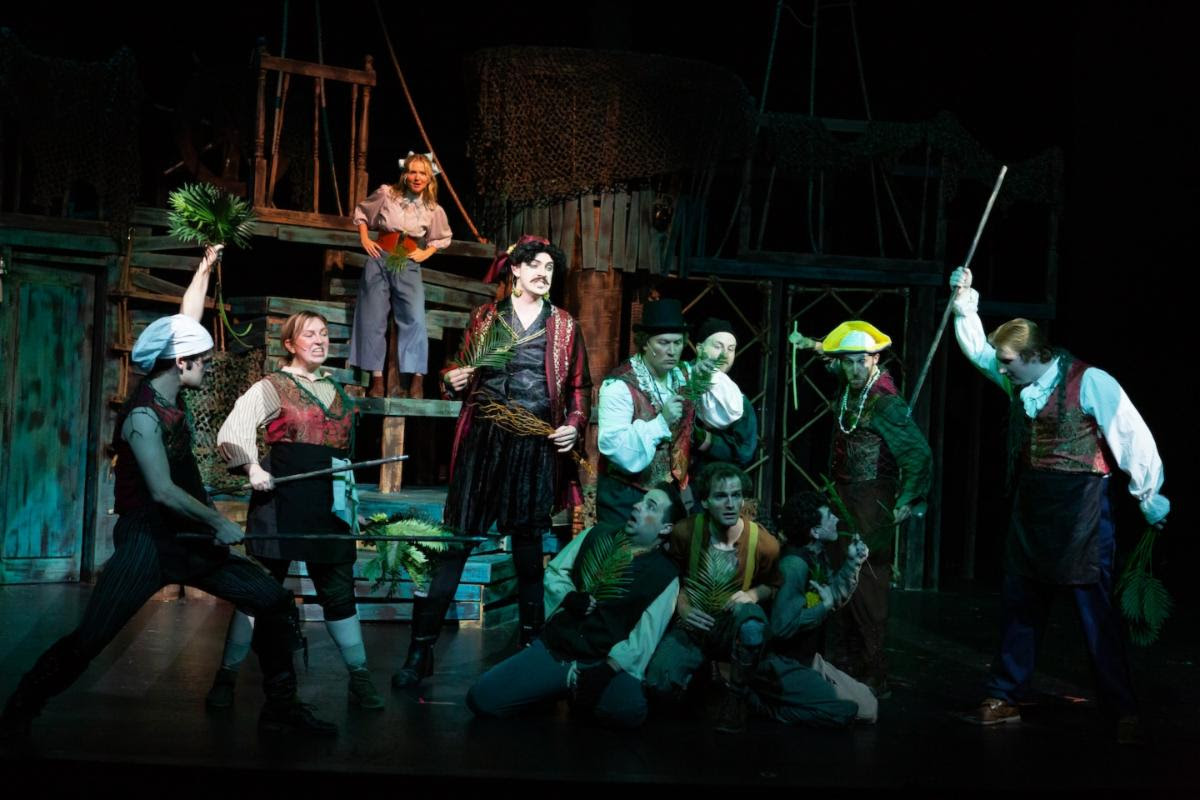
The lead actress, Zoe Zoller plays Molly Aster and is, without a doubt, the energetic heart of this production.
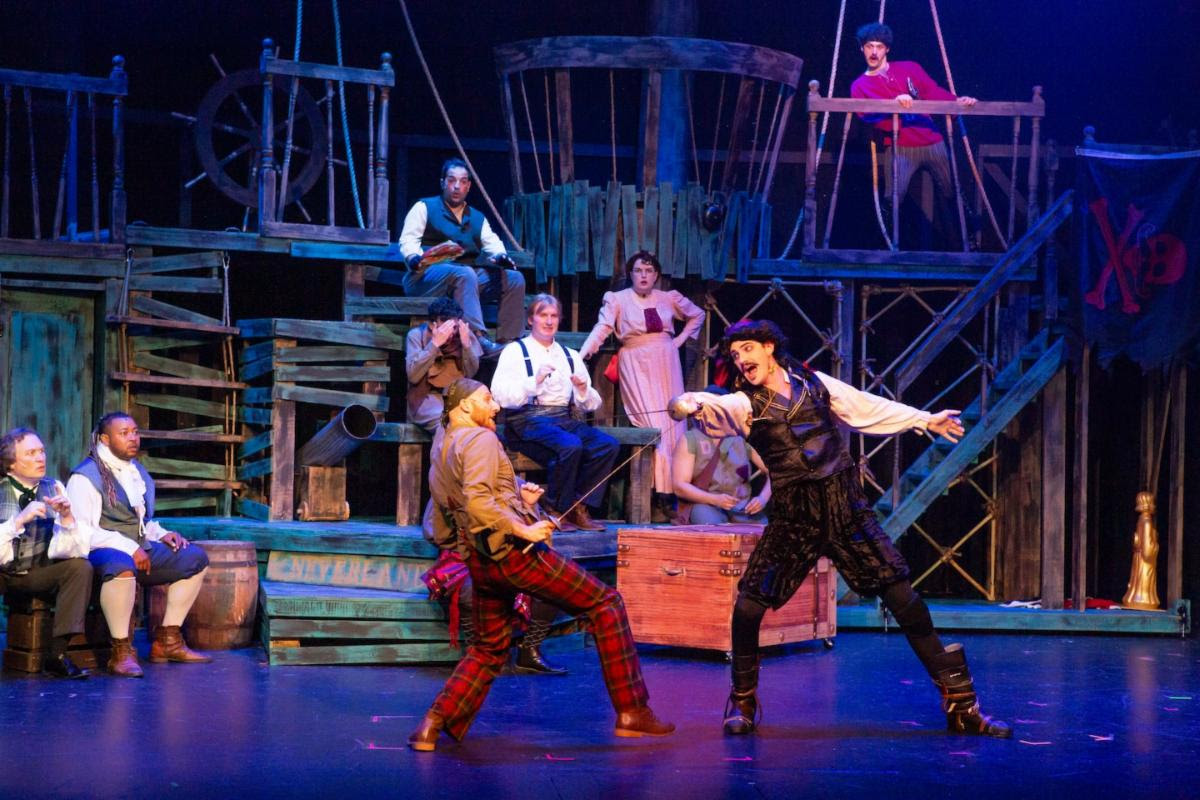
Cincinnati Landmark Productions does this story justice–and that is an understatement. This show is absolutely breathtaking and magical and will make any audience member young

“t has been an honor to serve as a theatre reviewer for the Cincinnati Fringe 2024” — Alan Jozwiak
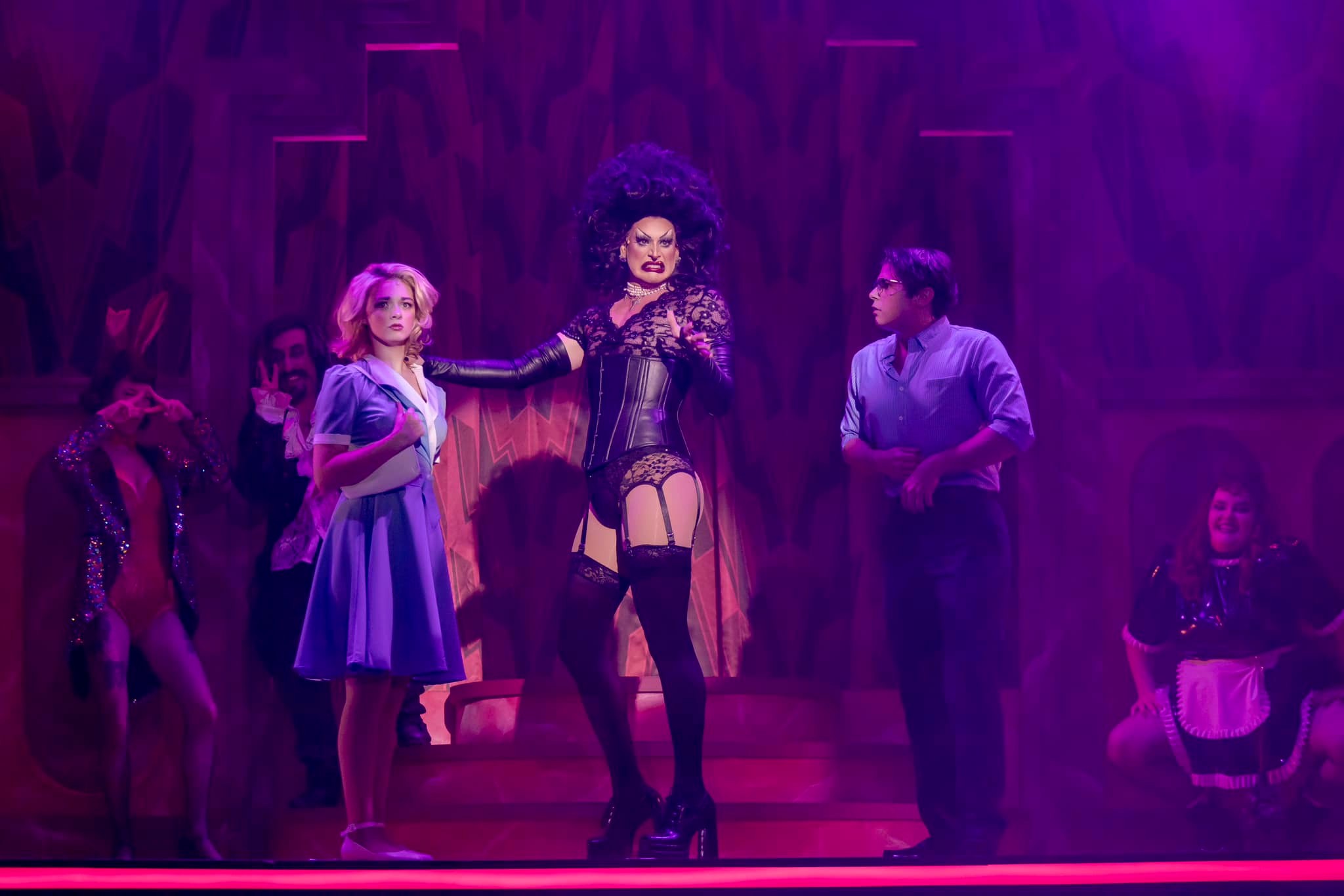
MAGNETIZING! SEDUCING! TANTALIZING! WOW! This play is engaging from the moment you walk in the theatre. It is an amazingly professional production, full of (optional)

Cincy Fringe 2024 wrap up from Christy with reviews of Waiting For Laura, trueFRINGE, The Last Witch in Ireland, and winners announcements.
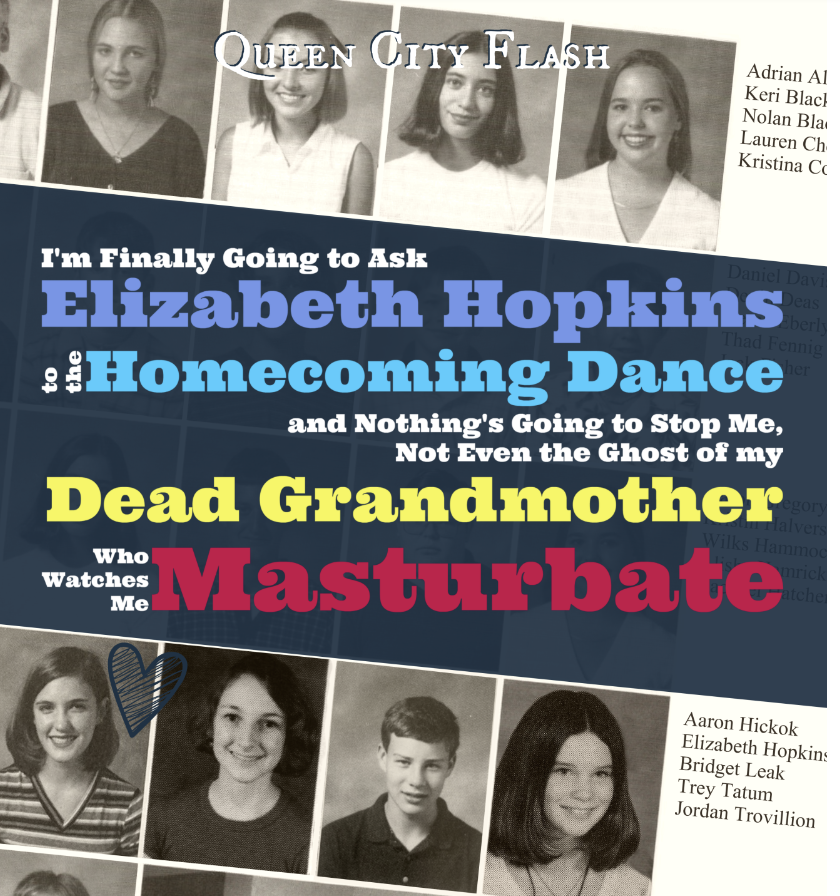
I’m Finally Going to Ask is a thoughtful play about second chances and the desire to correct past mistakes. There is nothing quite like it
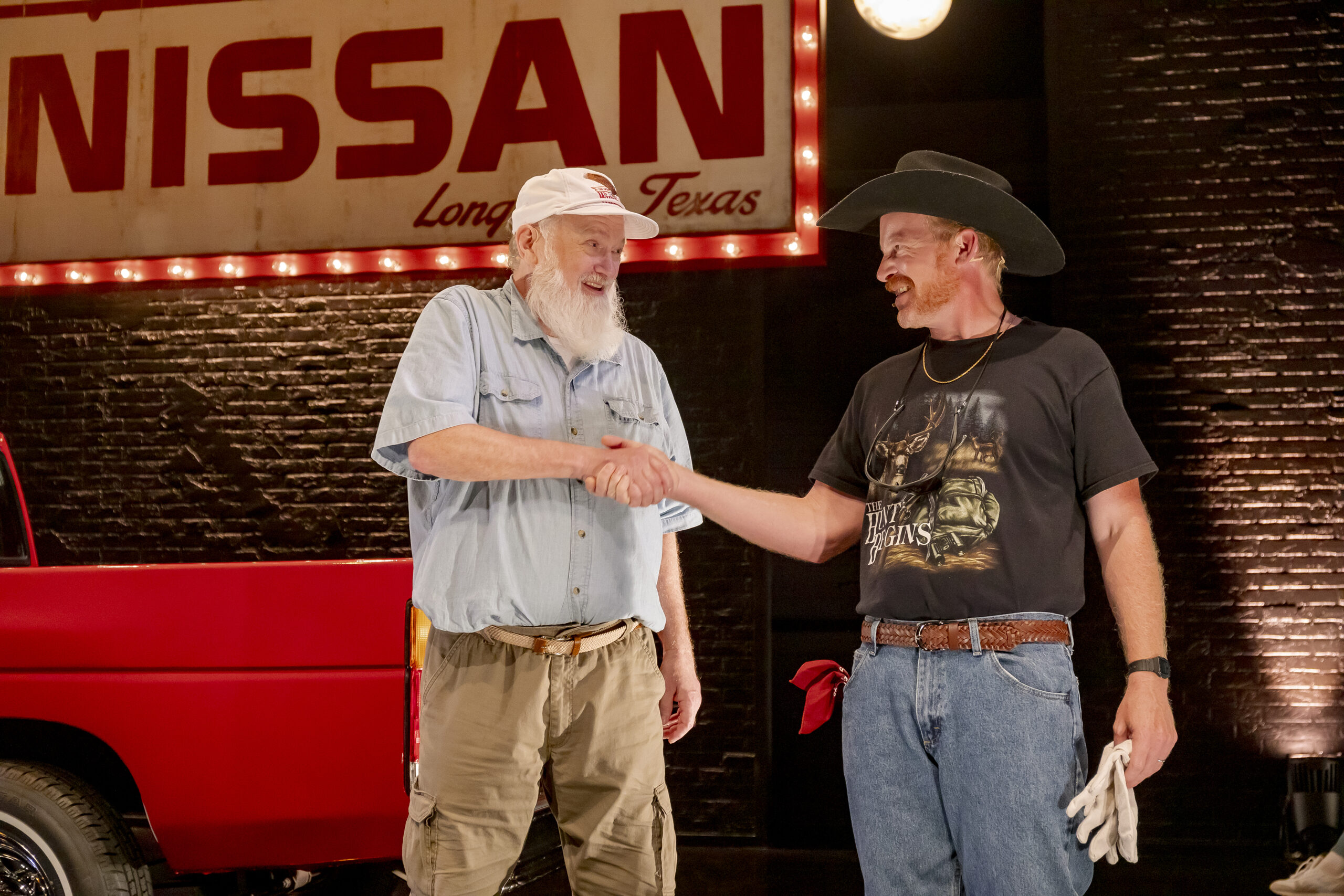
“Hold onto your dreams” is literally what this musical is about.

While the premise may be simple, the themes, stories, and songs are layered with class commentary, stories of redemption, love, and loss.
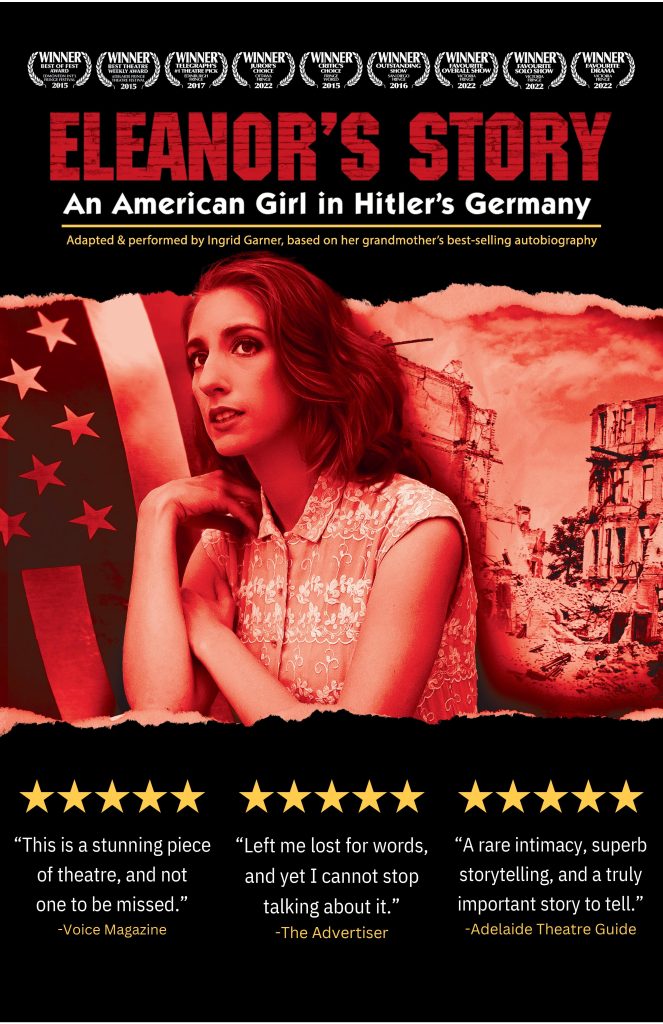
Christy’s reviews for Songs Without Words, Eleanor’s Story, Singing Into The Dark, As If You Will Remember, & Le Spectacle De Merde at Cincy Fringe

Get your tickets now! You don’t want to miss out on the annual festival that’s kinda weird…like you.

Cincy Fringe 2024 is a marathon emotional roller coaster ride.

Cincy Fringe 2024 is amazing. So many full houses. Powerful storytelling. Important and soulful stories, fun laugh-out-loud shows, and many in-between or both. Here are

Songs without Words is a rich and beautiful tapestry of two composers’ lives that is well told and wonderfully acted.
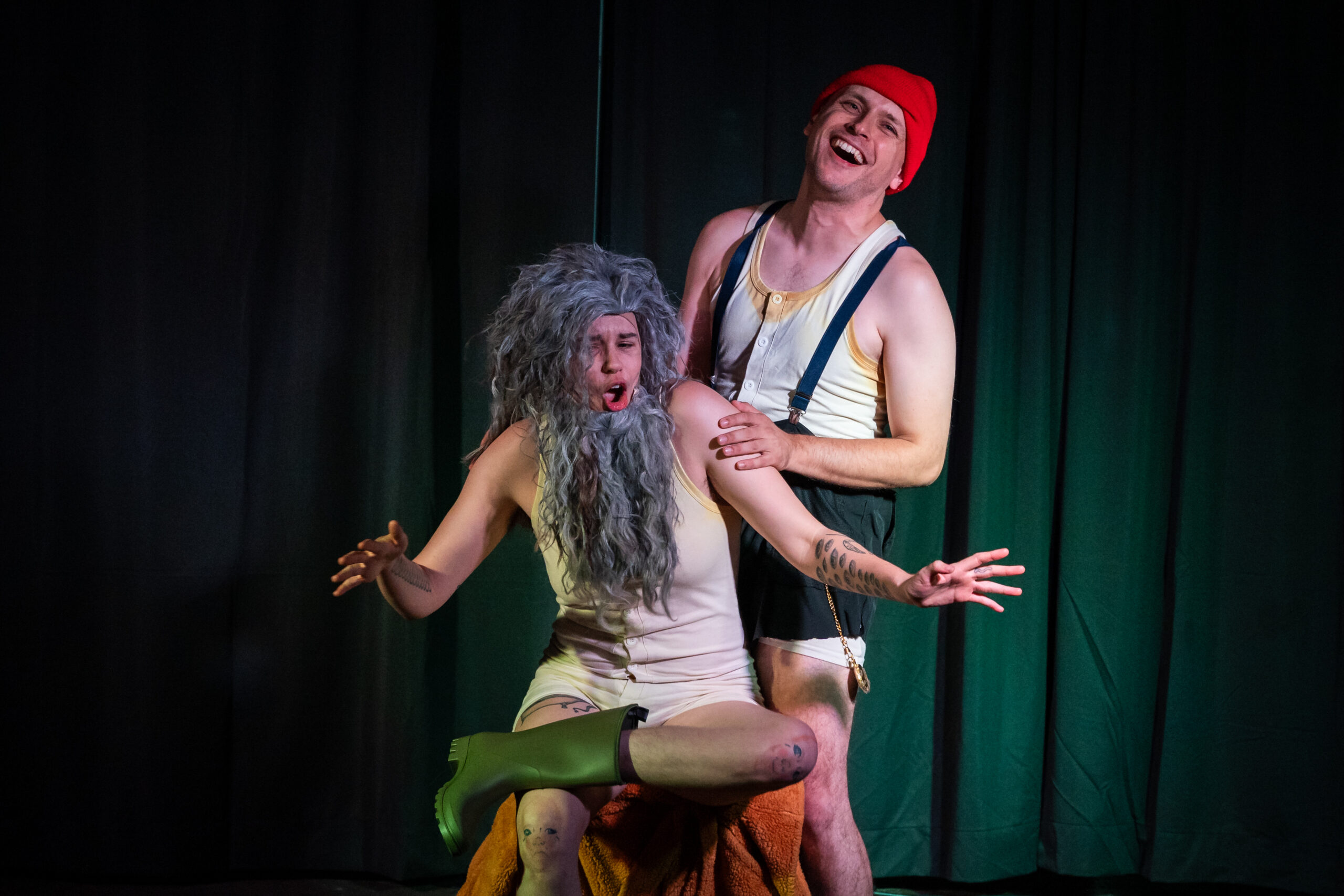
I got to see Esther Made Me Do It, A Migration of Crones, and seaMan during the week and am excited to head into the
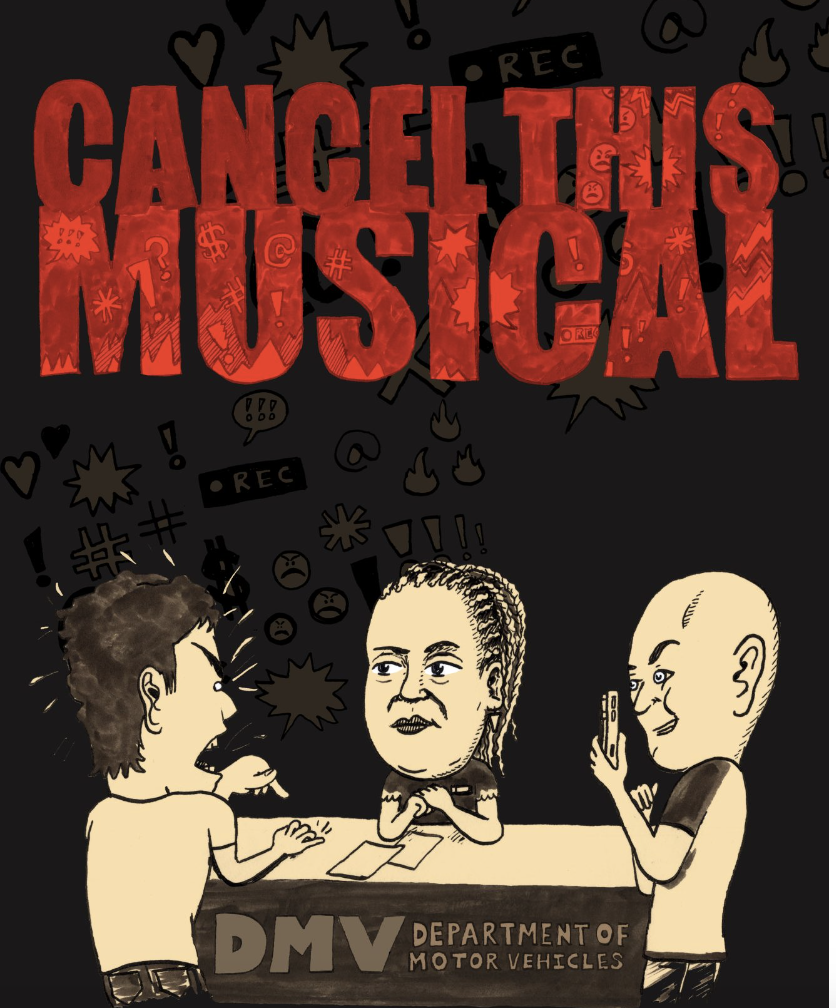
Cancel This Musical is “an absurdist romp regarding politics, social media, declining individualism, and the urgency with which we need to feel seen”. With biting

I’m not exaggerating when I say that Paek will have you laughing to tears.

For those who are unfamiliar with Fringe style theatre, it’s an art form that pushes the boundaries of what theatre can be.

Based on the award-winning autobiography of her grandmother’s time in Nazi Germany during and immediately after the war, Garner’s show is a not-to-be-missed production.

Forever to be known as the first sell-out of the 21st Cincinnati Fringe Festival (how exciting!), Strong Bear is a moving homage not only to

Josh Galloway’s performance as Frankie Valli captivates the audience with not only his impeccable vocals but the vulnerability he brings to the character. Galloway has
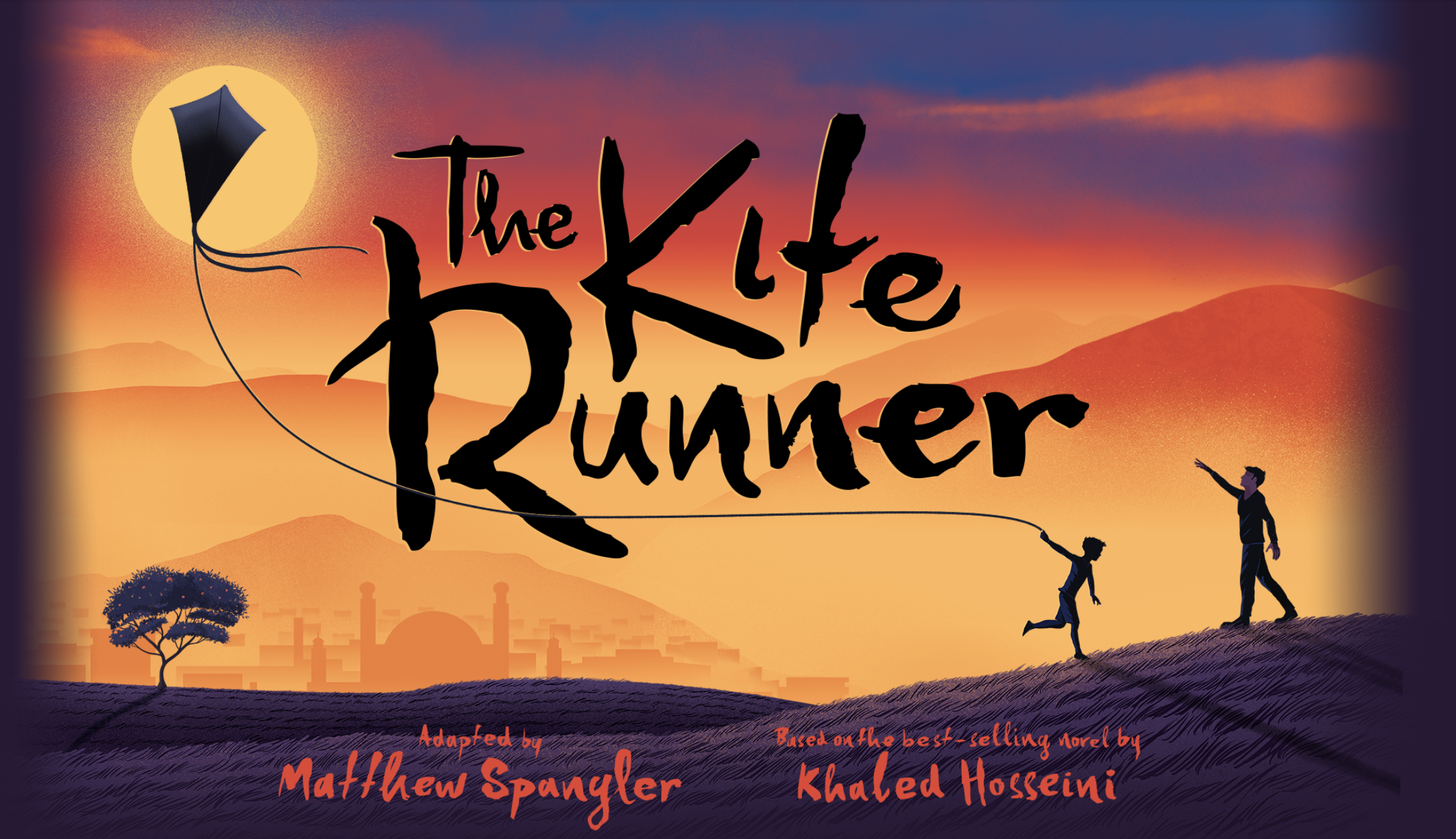
This show is a must-see. You will leave the show feeling a little uncomfortable, a little heartbroken, and a little hopeful. You will drive home
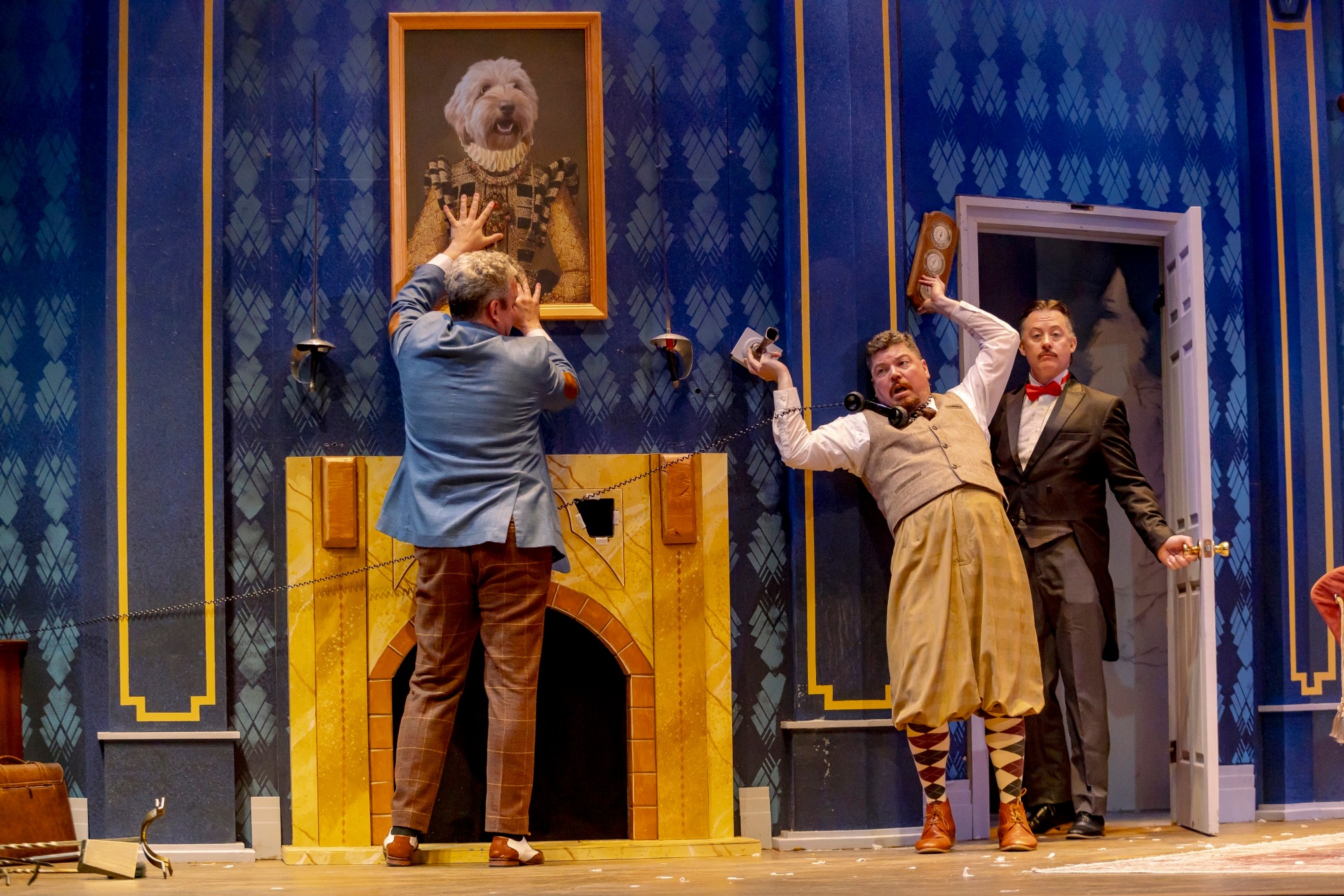
Director Brian Isaac Phillips sets the perfect tone for the production. Even before the metaphorical curtain rises, the audience is giggling with anticipation for what

Justin McCombs’ stint as a bad actor playing a butler is probably one of my favorite things in the entire universe at present.
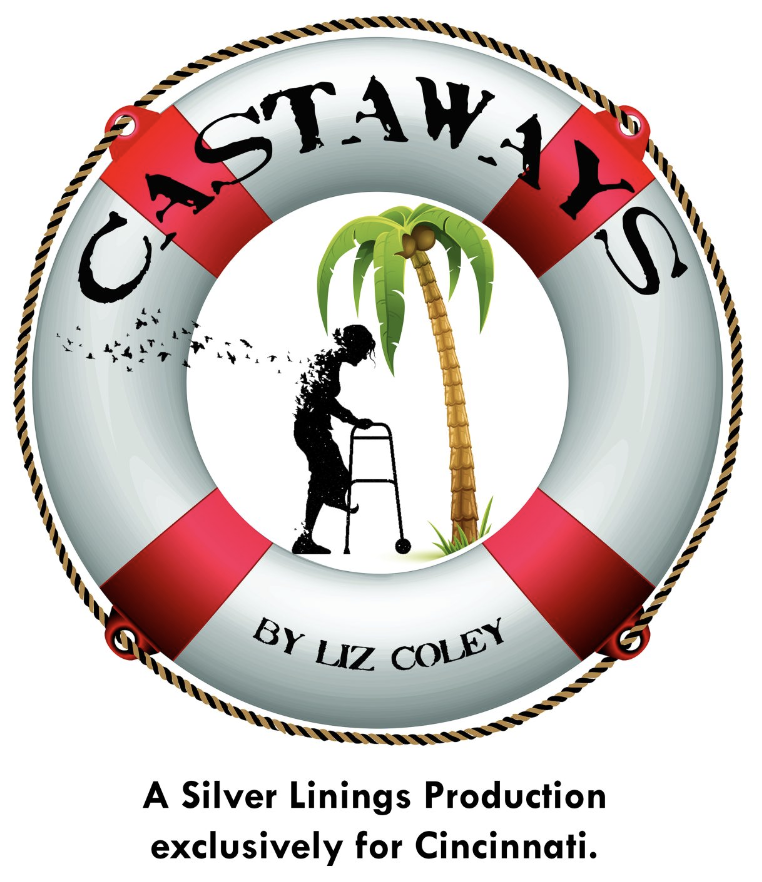
I’ve identified shows which have a local focus, with either the performer(s) living here or have roots in Cincinnati.

The Other Place touches on so many topics: the pressures of success, marriage and family relations, health and wellness. I highly recommend this show if
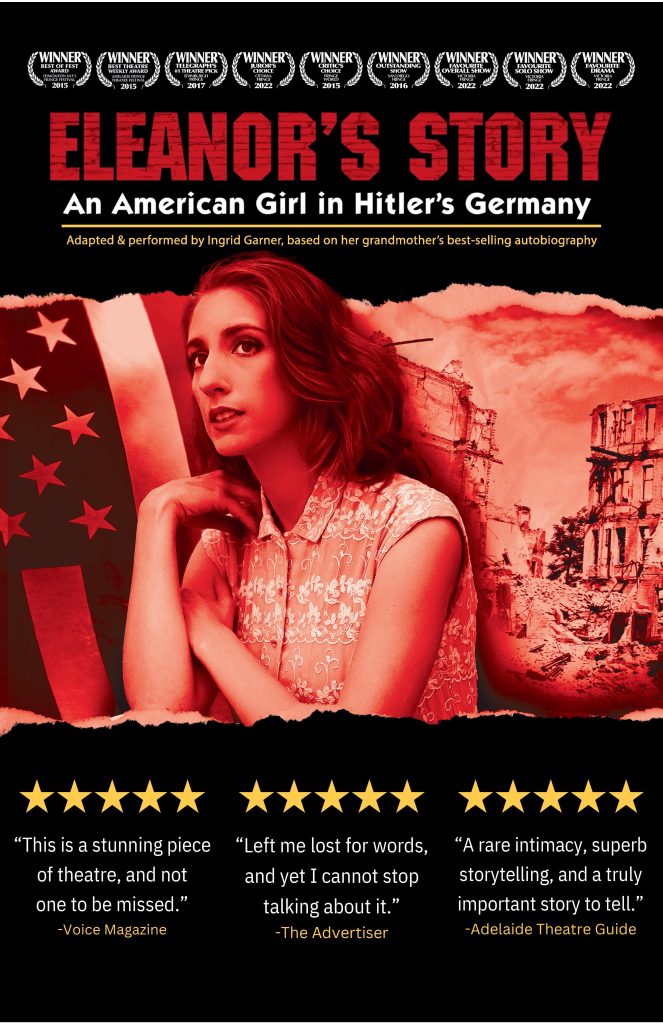
The 21st Annual Cincinnati Fringe Festival will be here before we know it and it’s time to start planning your schedule and buying those tickets.

The spellbinding performances of the four actors takes the audience out of the theater into Juliana’s world.
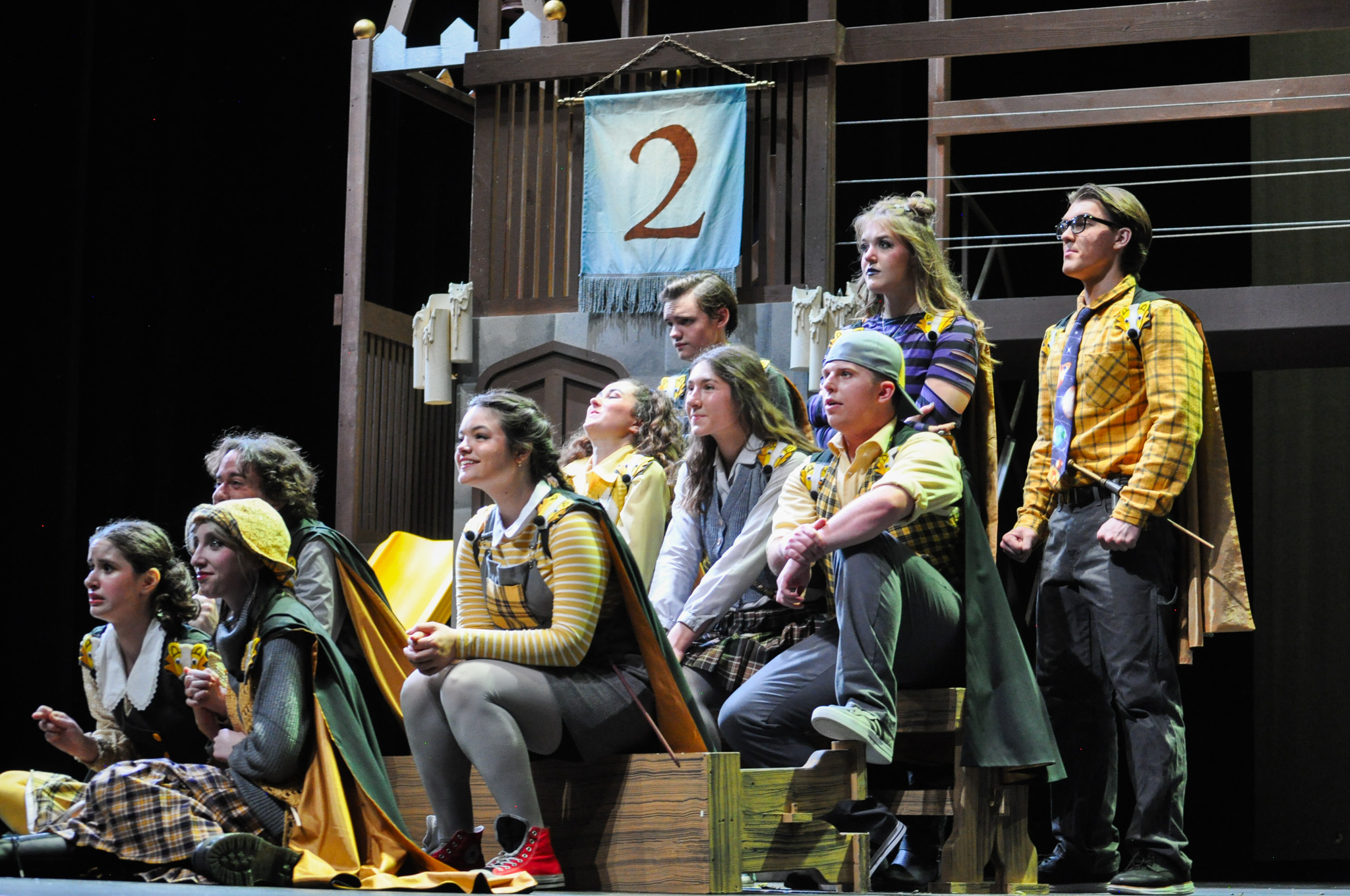
Through its lighthearted humor and heartfelt moments, ‘Puffs’ resonates with audiences of all ages. The show reminds us that heroes come in all shapes and
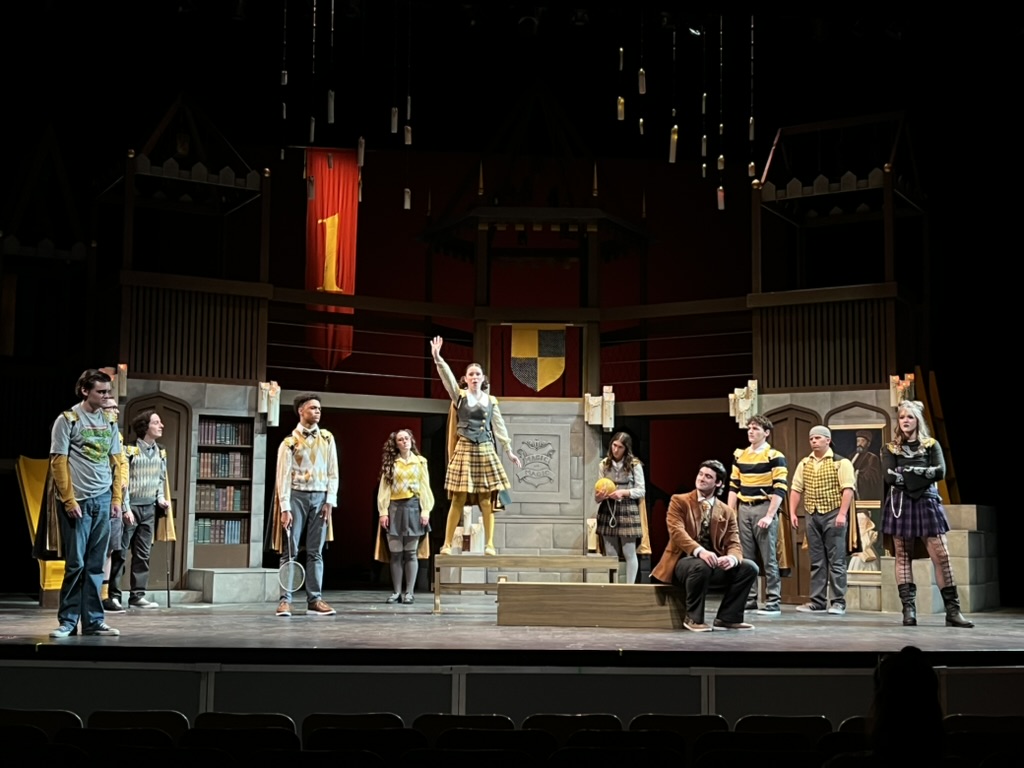
Under the direction of Lindsey Mercer, Miami’s Puffs team Exceeds Expectations.

Human Race Theater’s production is fast paced, frenetic, quick witted, and a jaw-dropping delight to sink your teeth into.
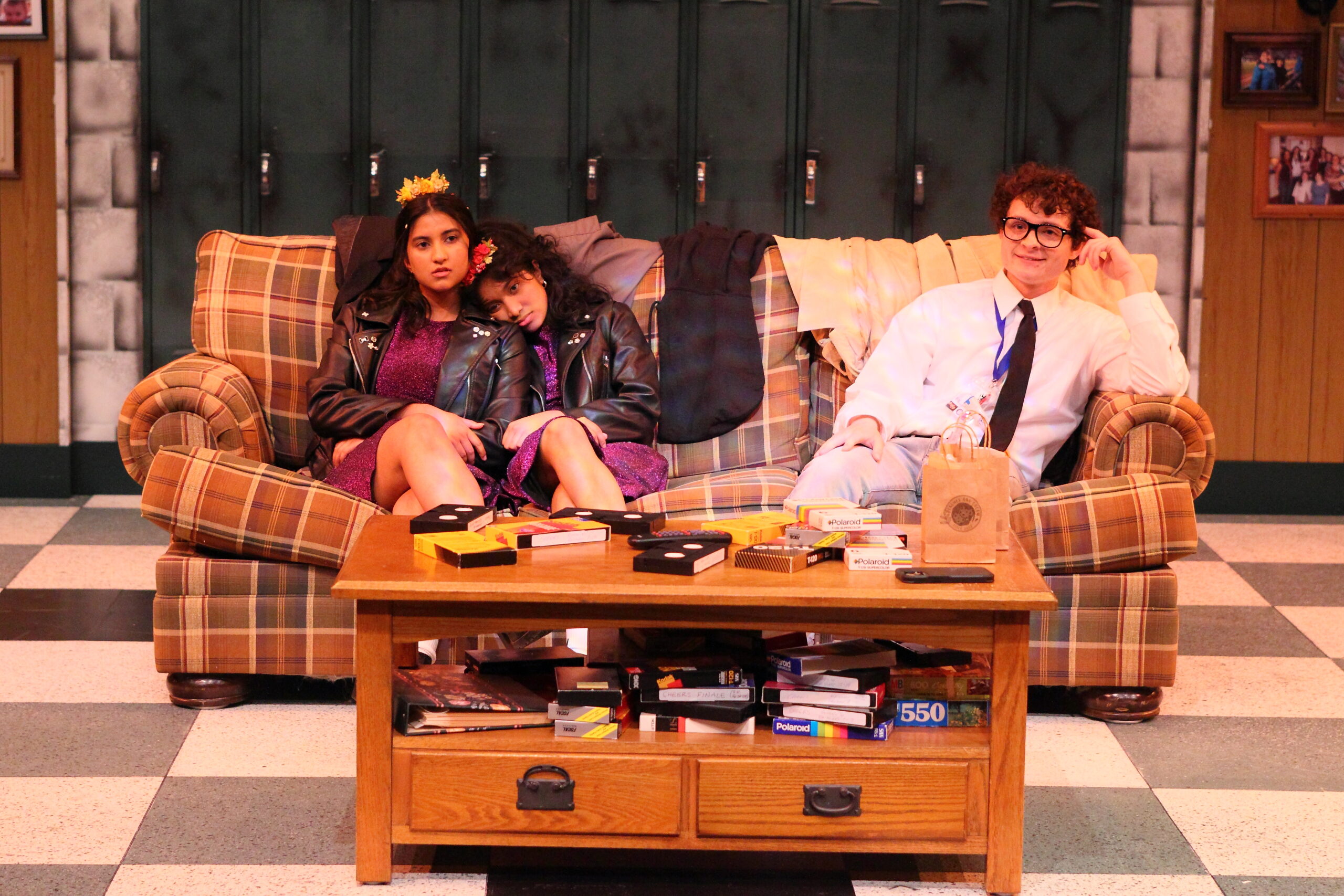
If you’ve ever wondered what a sound designer does, do NOT miss this fantastic production. The way James Dunlap scores the scenes with ominous instrumentals
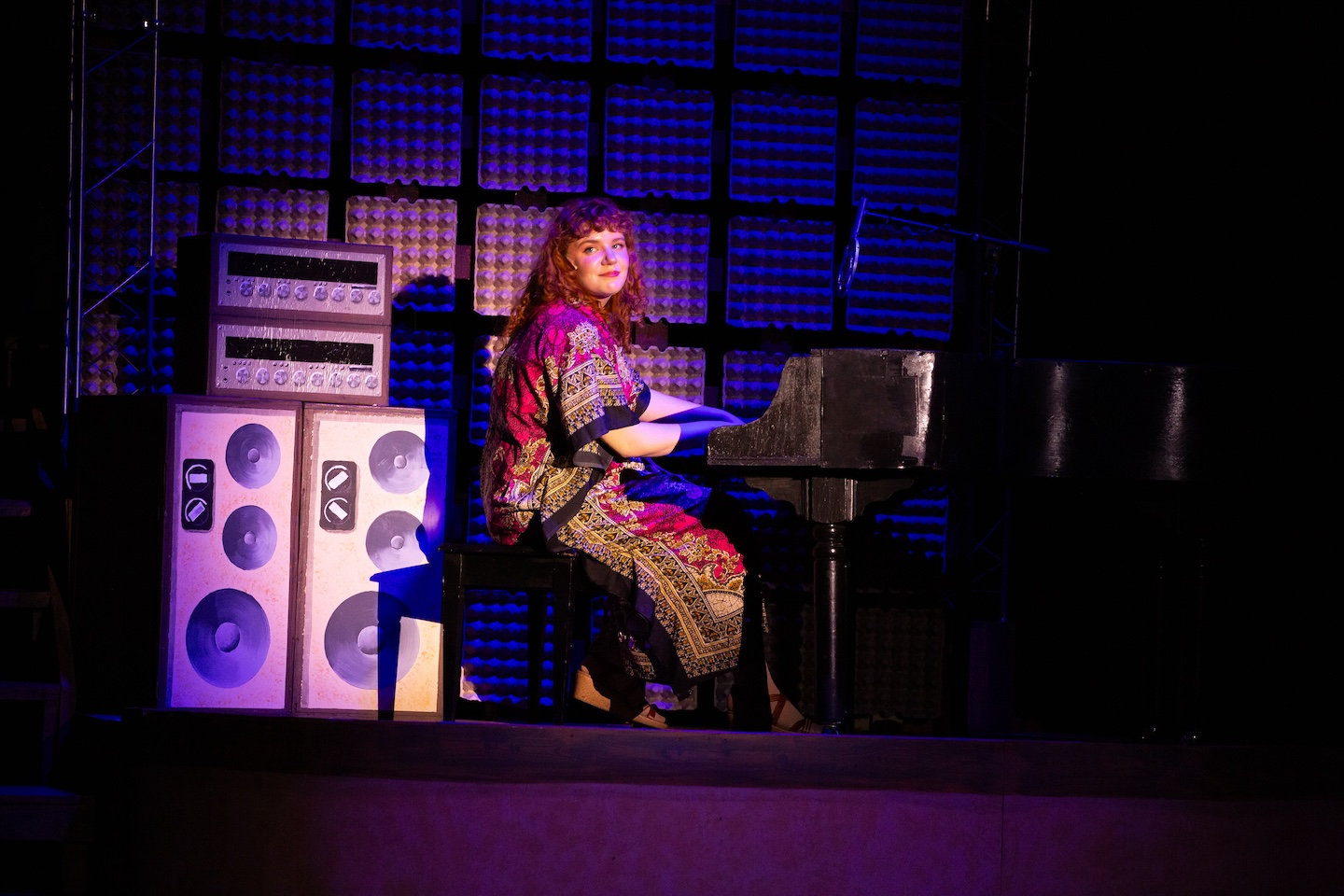
Beautiful has a lot of heart at its core, it showcases themes of perseverance, agency, and the importance of standing in your truth.

Sidney Higgins leads the cast with a pitch perfect portrayal of King by showcasing a surprising vocal vulnerability that draws audiences in and keeps them
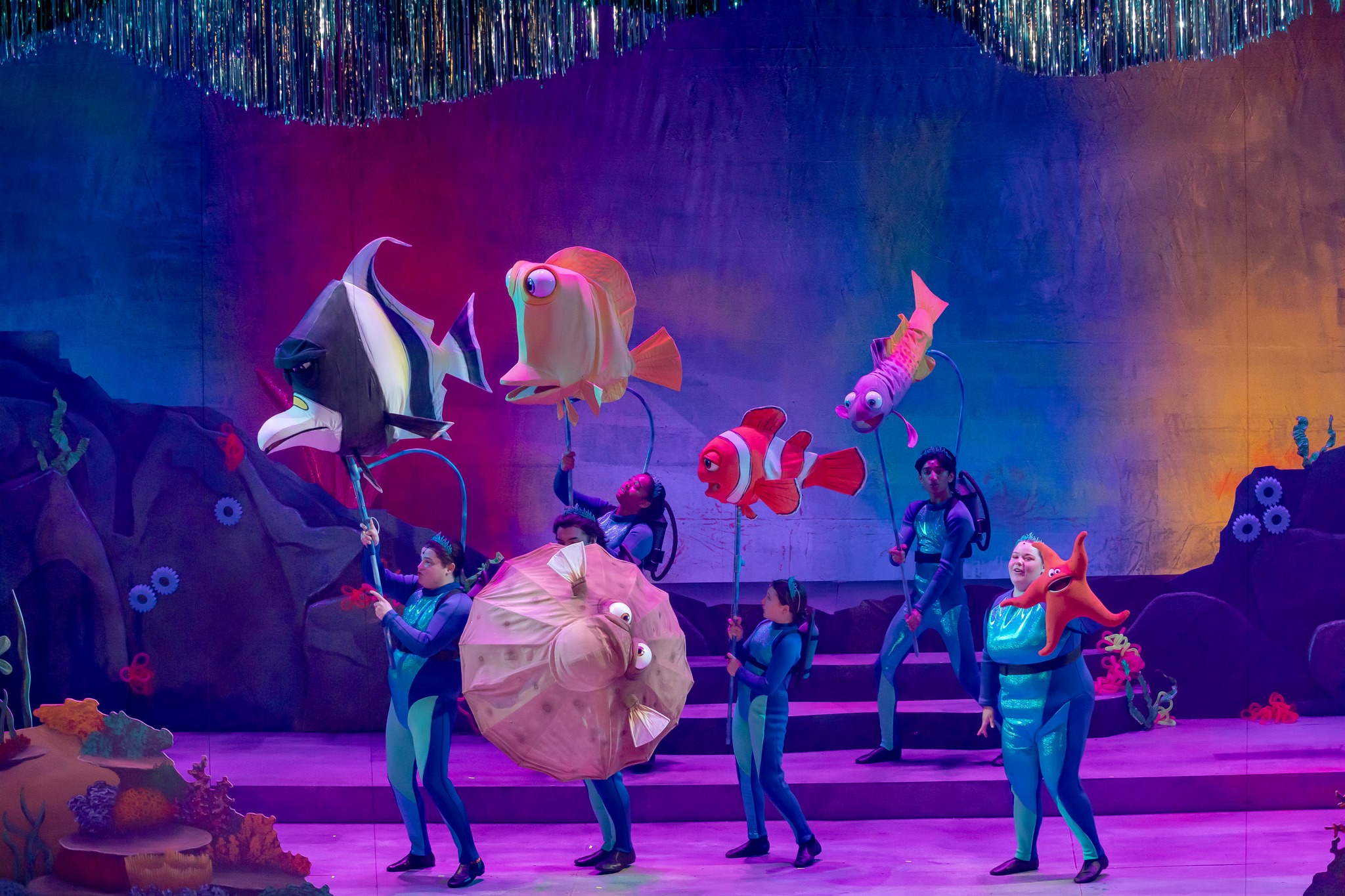
It is quite amazing to watch the actors work the puppets’ mouth and sometimes also their eyes while having them say their lines. It is
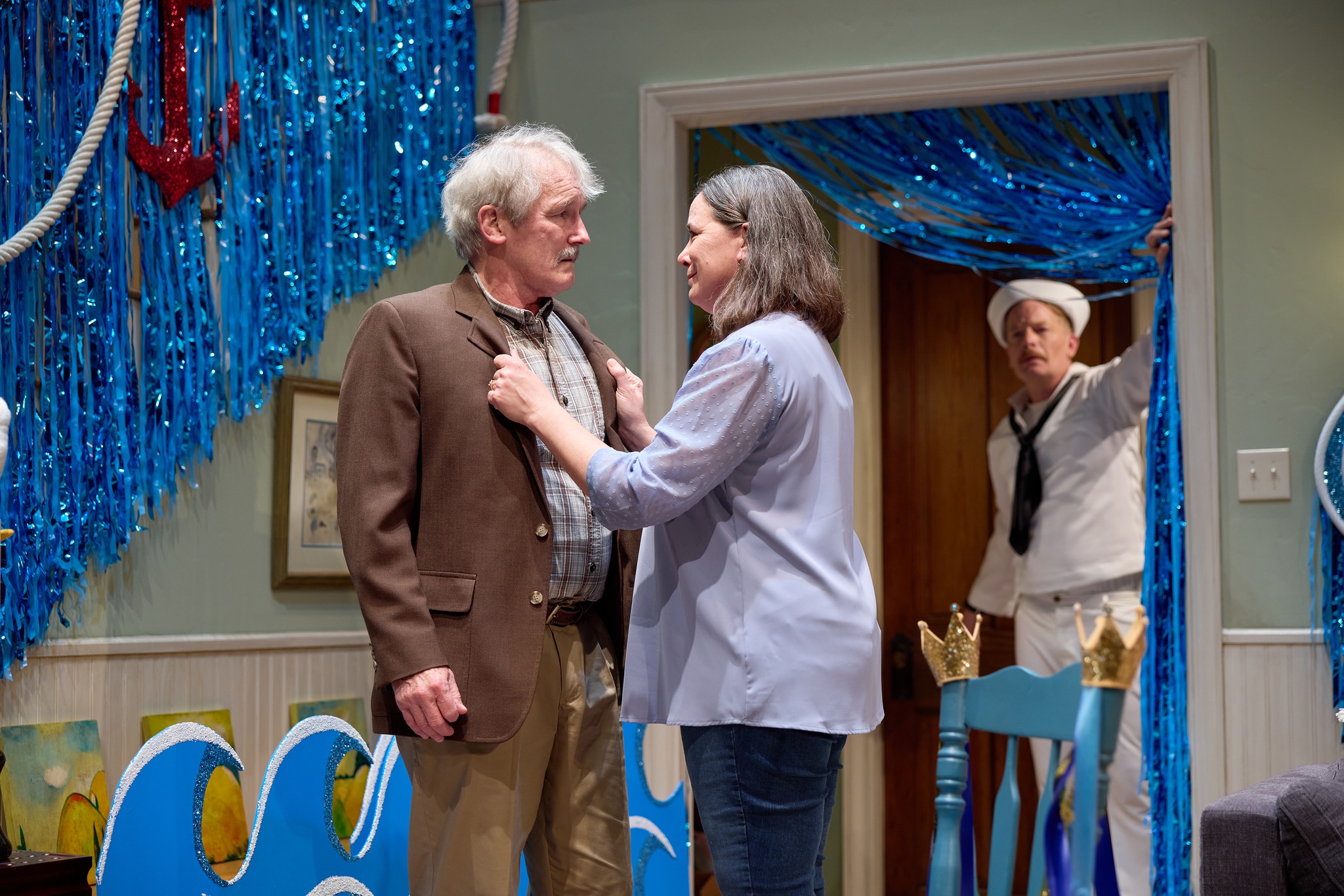
With strong performances, sharp writing, and impeccable production values, ‘Match Game’ delivers captivating storytelling. Strafford’s script navigates the delicate balance between humor and pathos

While some notions of Shakespeare’s time are a thing of the past (or should be), most of his sentiments and lessons are timeless. The act
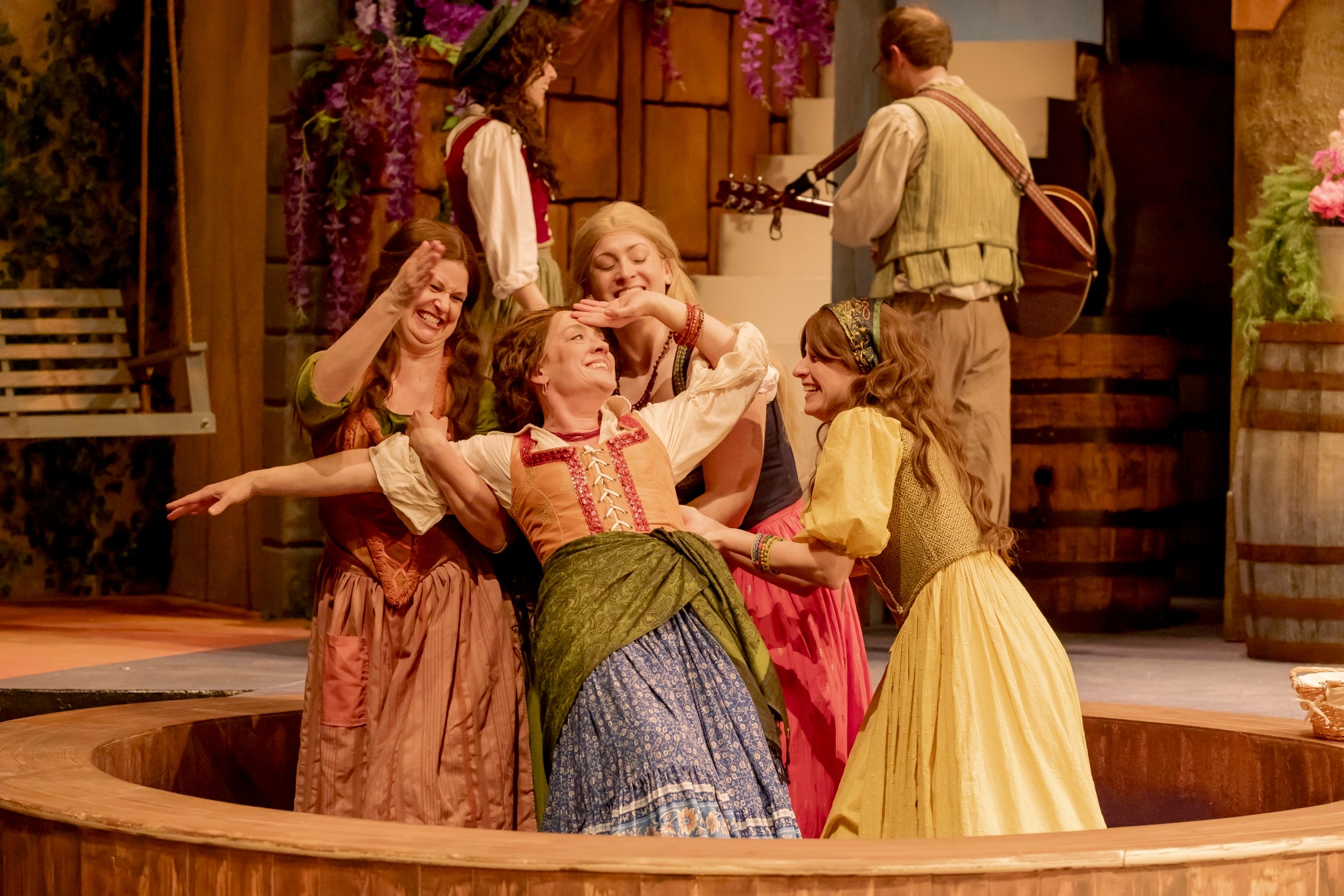
Menglekoch as Beatrice, is someone you’d want to hang out with. She has earned social respect and is quite magnetic, despite being unmarried. Barnes’ Benedick
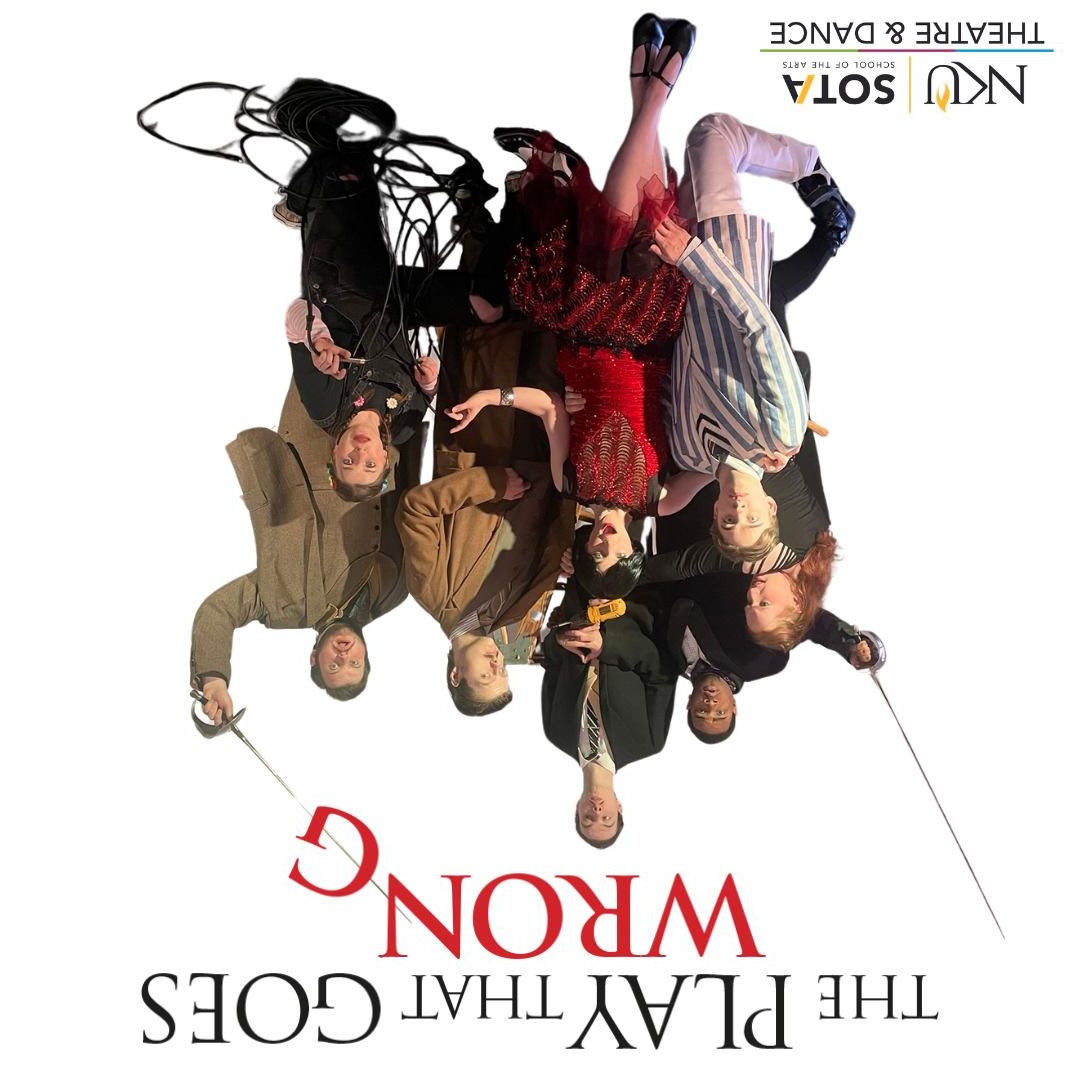
The ensemble displays remarkable comedic chops. They navigate the mayhem unfolding around them with unwavering commitment. It is evident to the audience that the cast

NKU’s ‘The Play That Goes Wrong’ runs through April 20 at the Carnegie. This is an extremely funny, well executed production by cast and crew.
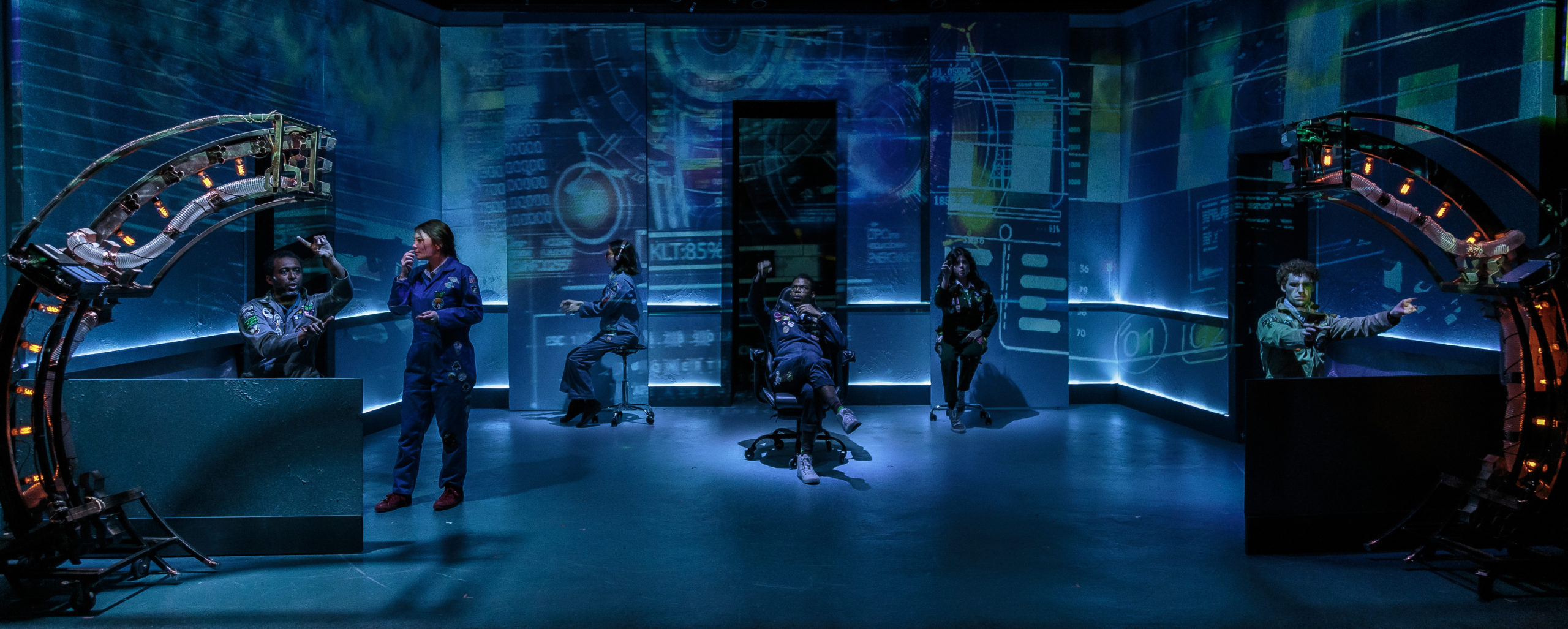
In a world just a few years from where we are now, it seems the emotional struggles we face as humans remain the same: grief,
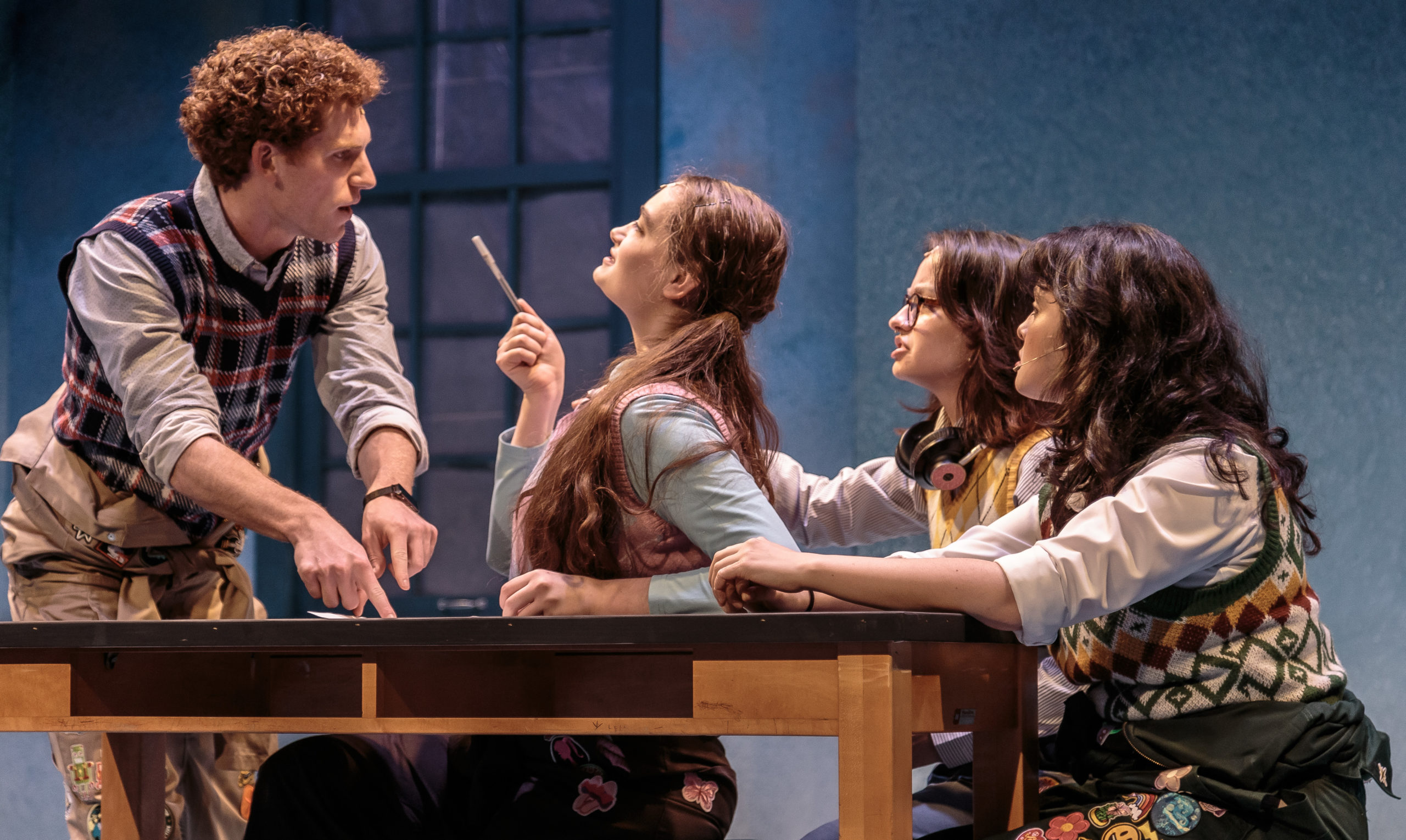
The Light Chasers is a rock opera based on Cloud Cult’s 2010 album of the same name. It is fitting that such a fanciful play
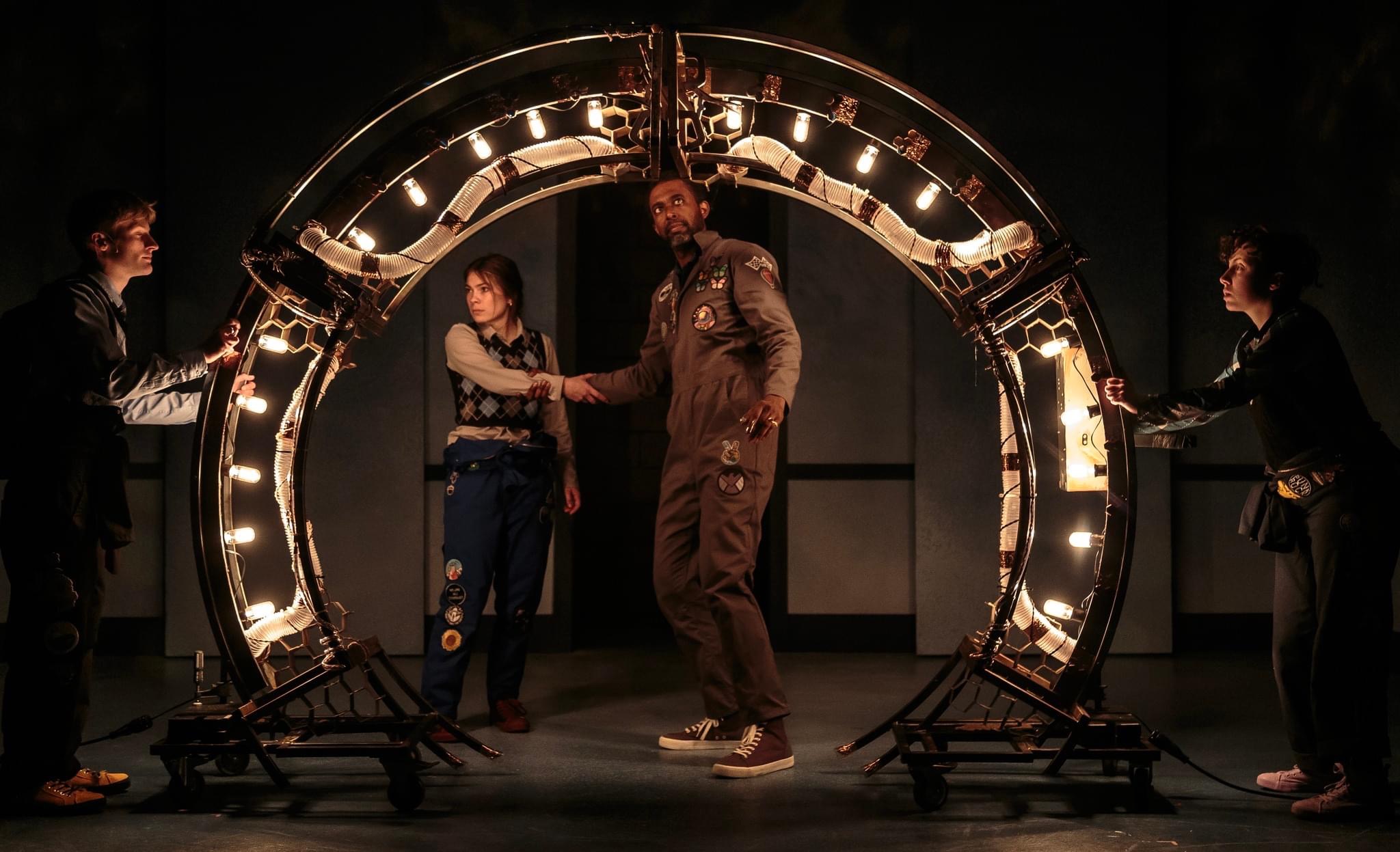
The Light Chasers, presented by the Know Theatre and UC-CCM, smash open the cosmos in a heartfelt and galaxy-bending musical. In this brand-new locally grown

The ensemble deftly handles the material with comedic physicality and timing. You just have to laugh with the raw energy of this Fringe-y production.

With stellar casting, star-making performances, and a keen technical design, CCM’s colorful
production of ‘Once on This Island’ is among the best musicals staged

With its talented cast, amazing voices, dynamic choreography, and stunning visuals, ‘Once on This Island’ captures the magic and spirit of the Caribbean island setting,

Rick Grant’s stellar portrayal (of Turing) is breathtaking. Mr. Grant expertly pivots between a university-age Turing to a more adult Turing and back again without
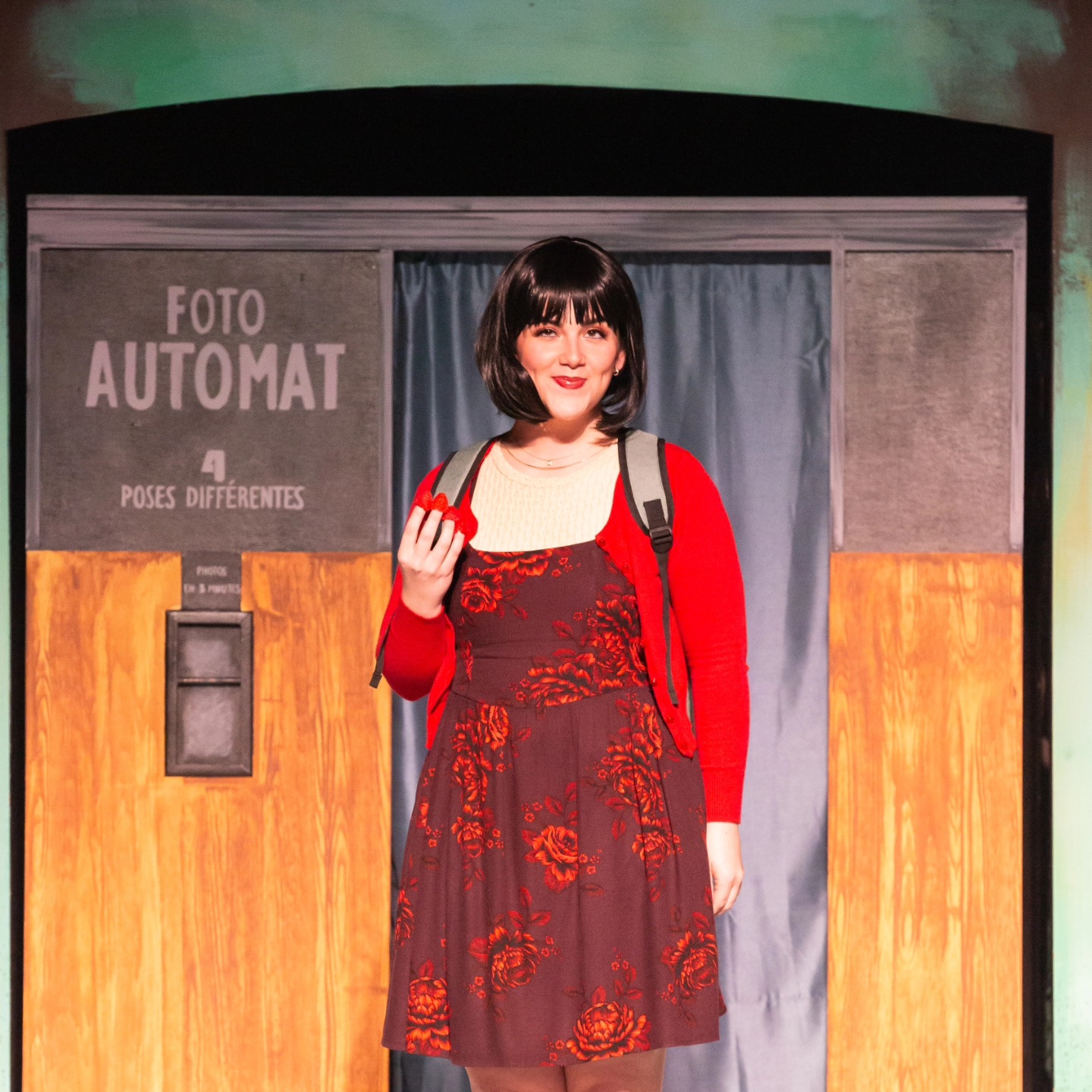
‘Amélie: The Musical’ is as warm as the coming spring and as limitless as the stars. The zaniness of the show is entertaining, but
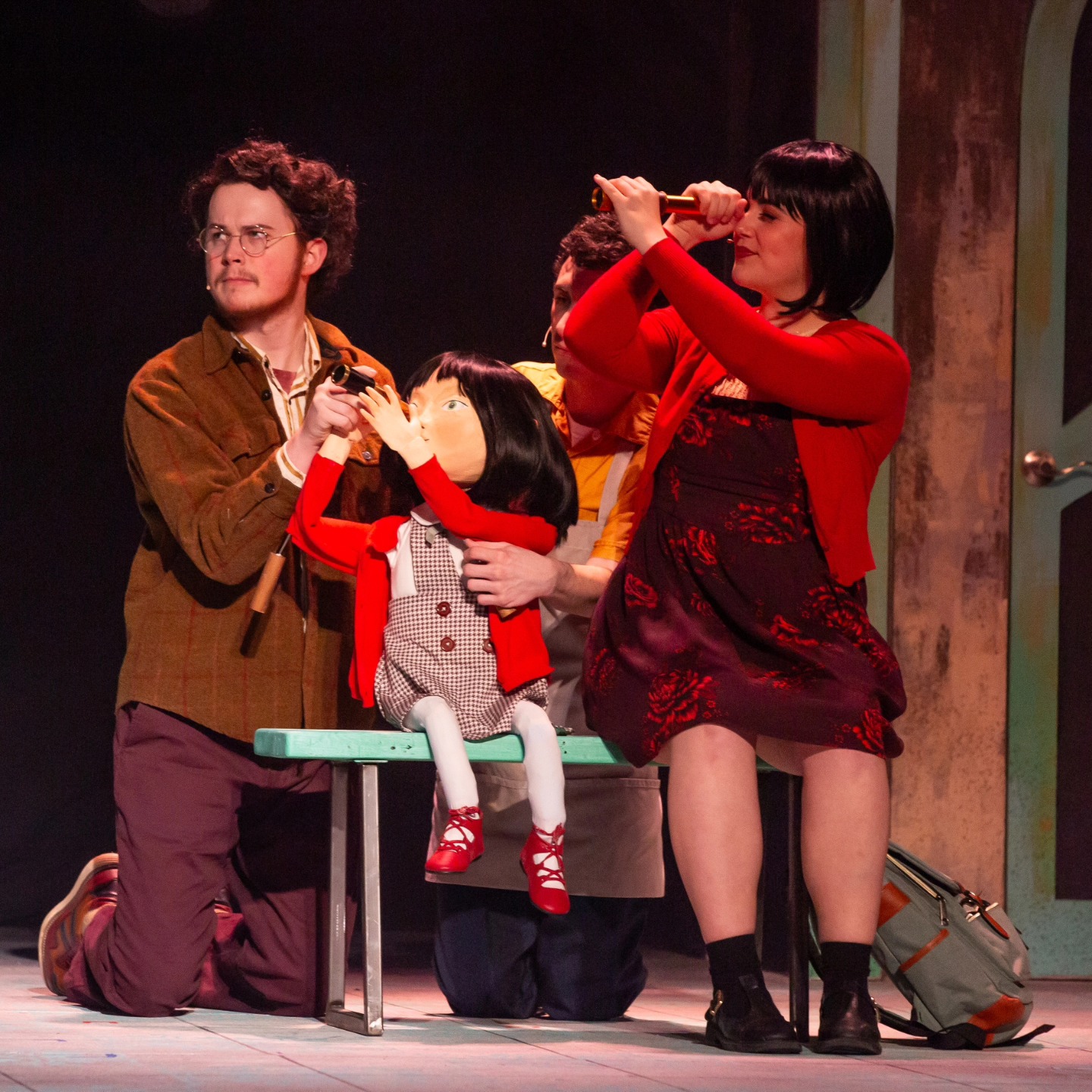
At its heart, ‘Amelie the Musical’ celebrates the beauty of life’s simple pleasures and the importance of connection. Through Amelie’s journey, we are reminded that
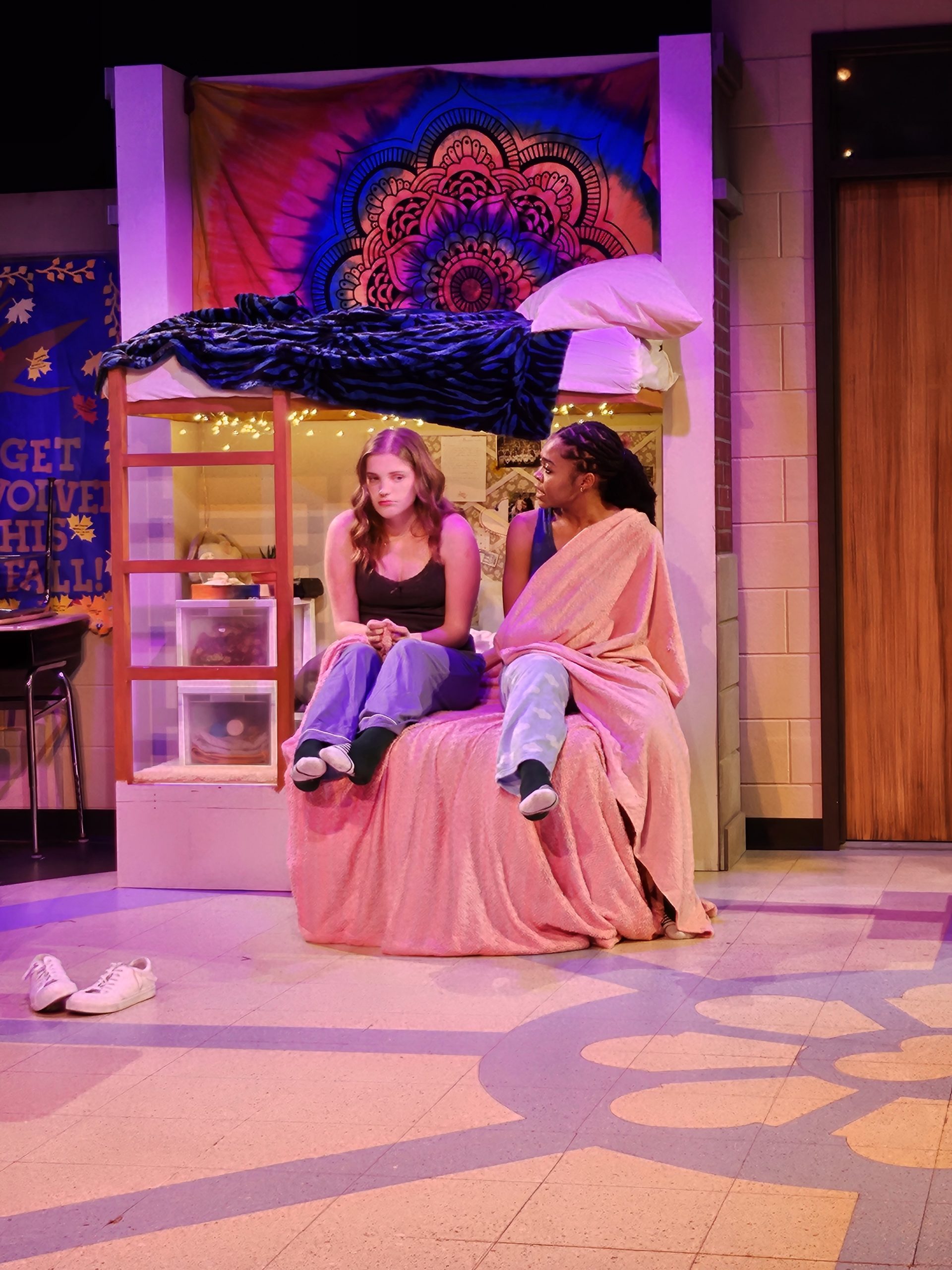
Antigone, Presented by the Girls of St. Catherine’s really is an unexpected delight. It is a drama, but it also delivers frequent laughs. It does
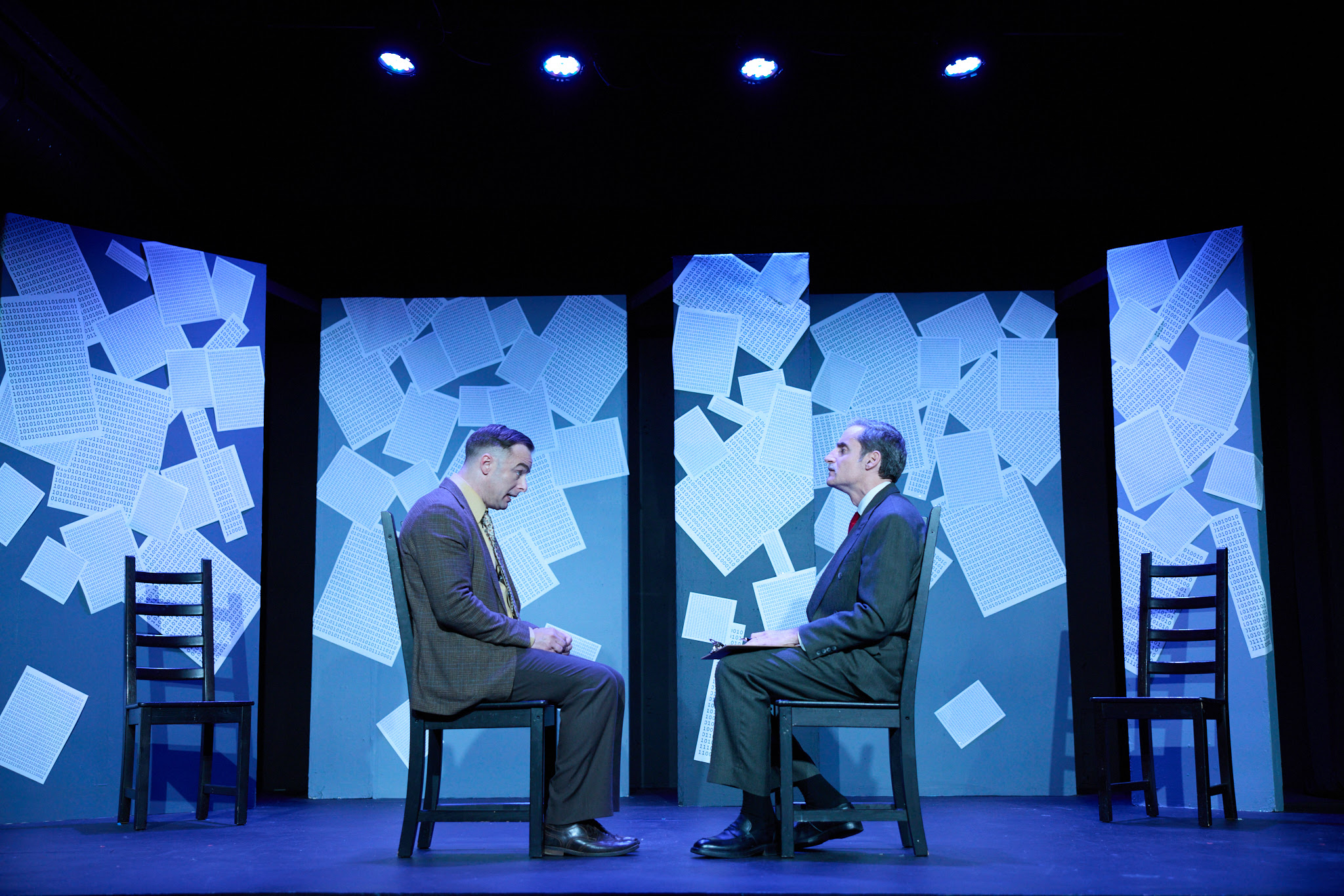
‘Breaking the Code’ at the Falcon is a thought-provoking production, a reminder of Turing’s remarkable legacy and the injustices he endured.

Brooks’ lyrics are witty, profound, sarcastic but also can be sophomoric, ribald and raunchy rife with double-entendres and innuendoes.
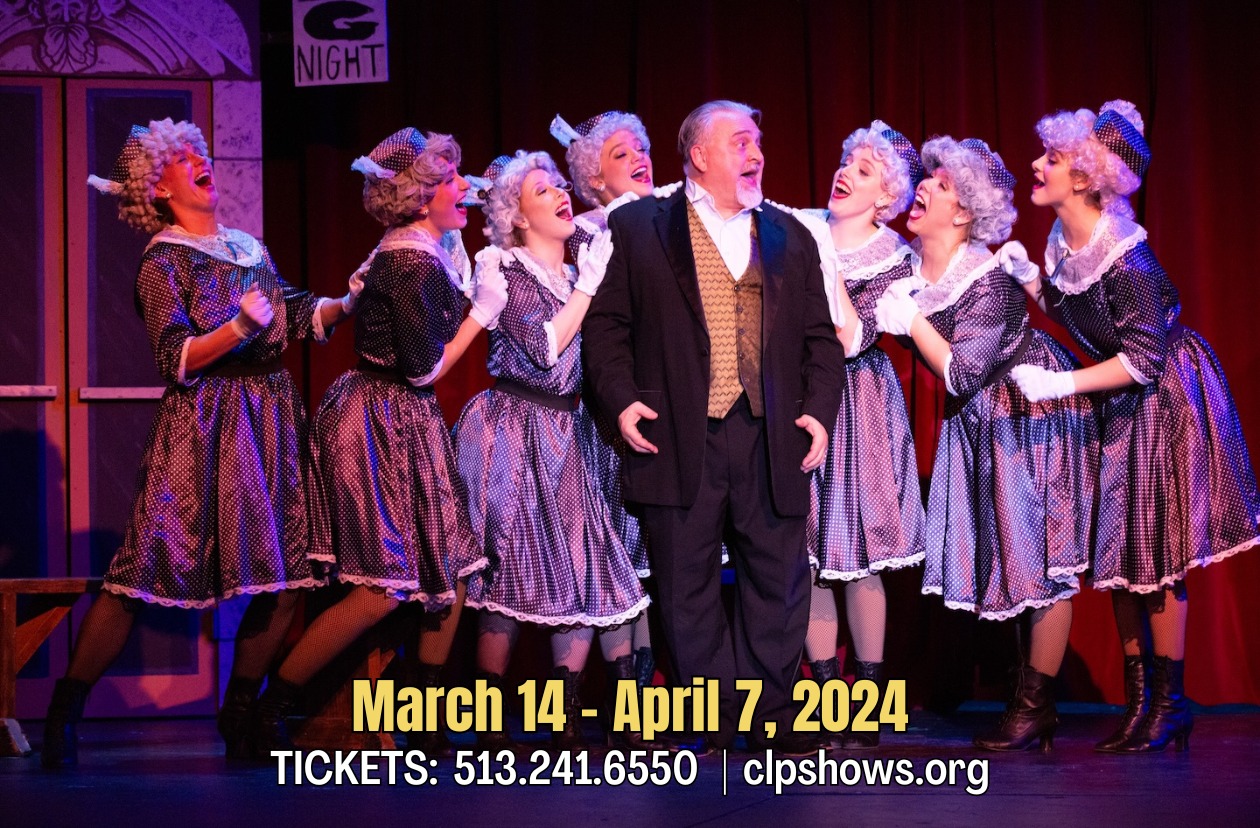
To say you need to walk, no, RUN to see this show is an understatement. The whole cast is putting out 110% and the scenic
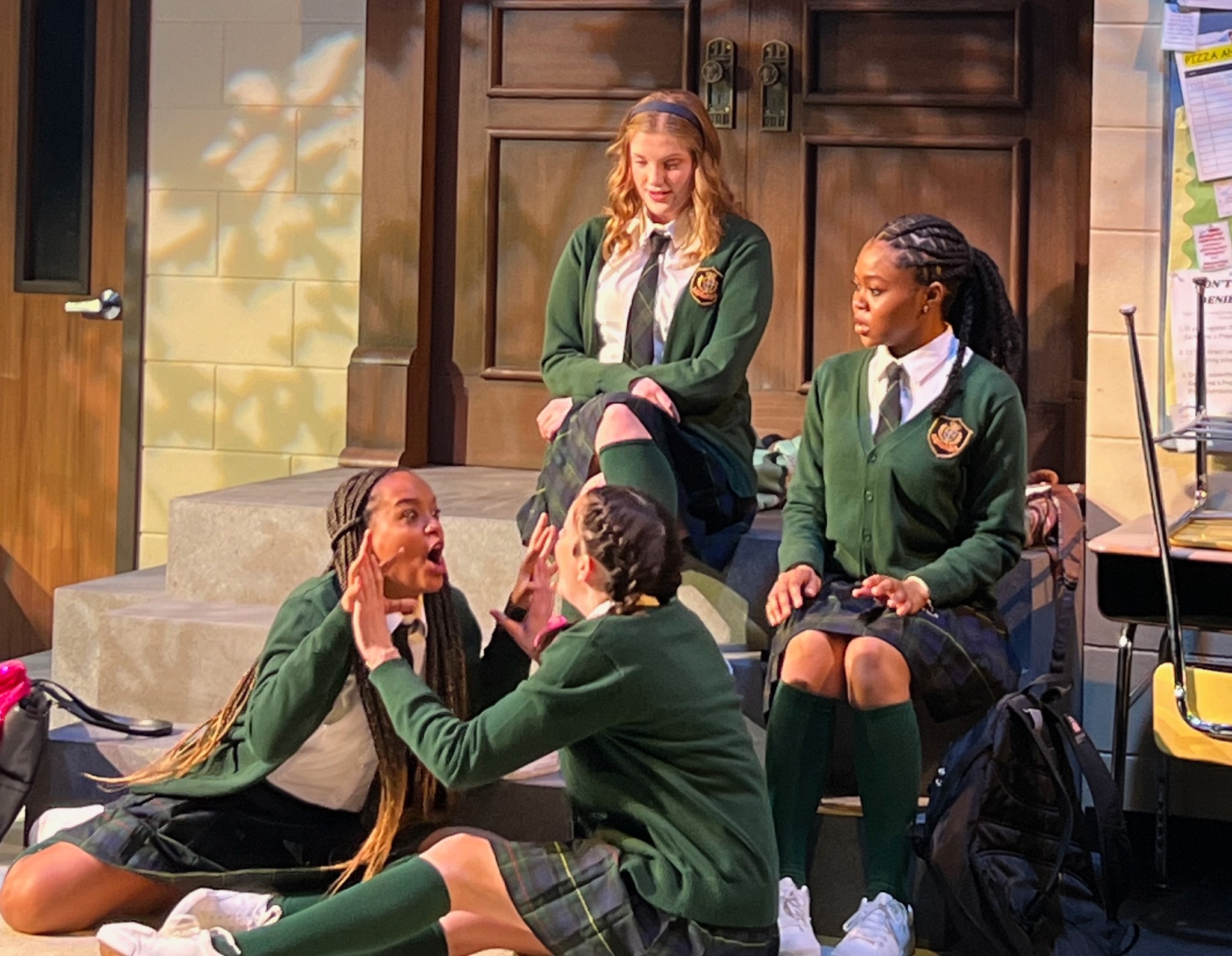
‘Antigone, presented by…’ is a powerful piece about making hard decisions and sticking to your values–maybe for the first time.
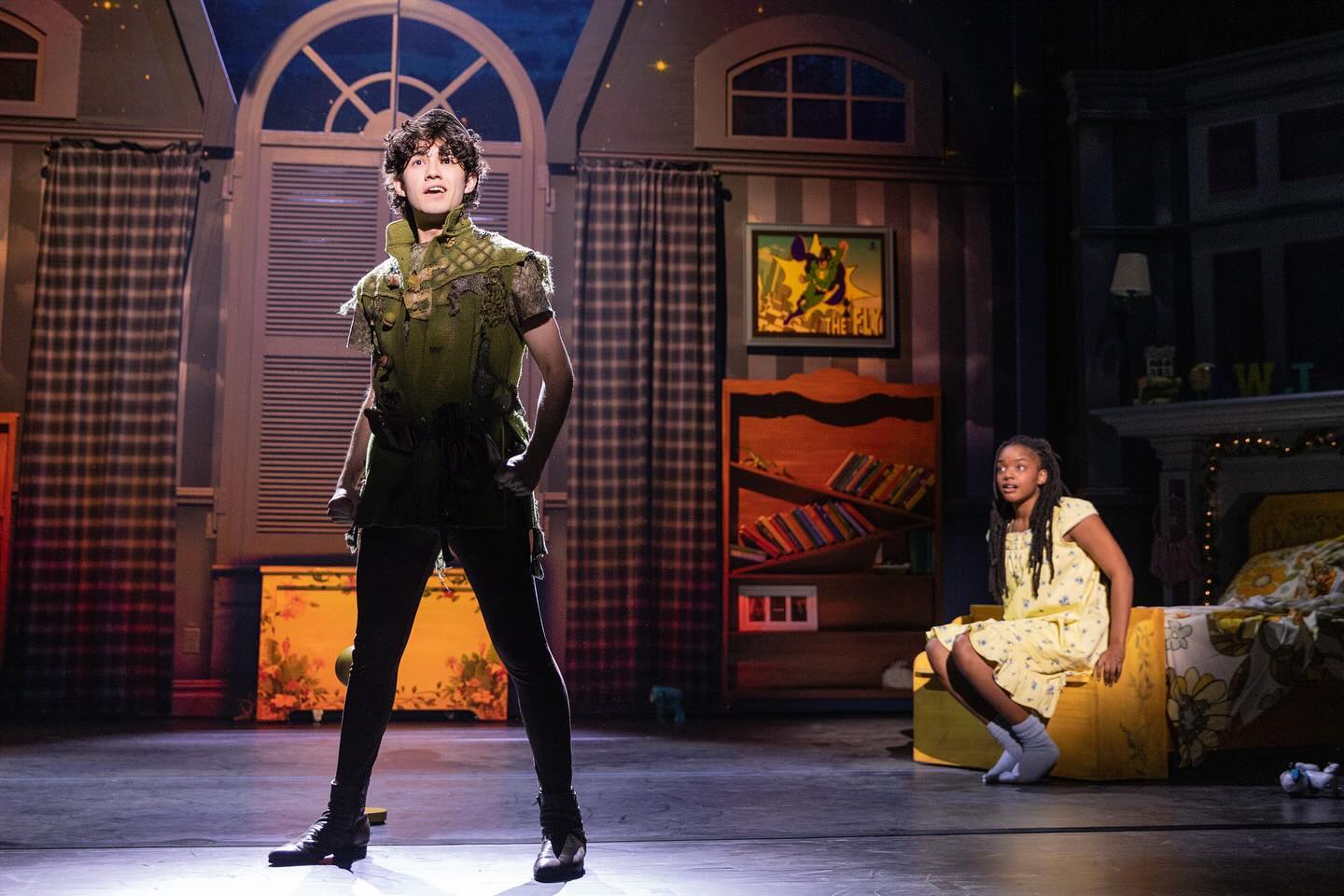
When Peter Pan (Almeida) makes his entrance, he quite literally flies onto the stage in a feat that only be described as ‘theater magic.’

This ‘Peter Pan’ is highly recommended for families, or anyone who needs a bit of adventure in their life!

The goal of See Me, Hear Me is to spark a dialog between families, teachers, high school youth and anyone who works with young people in the world of education.

Tick, Tick…Boom! is an emotional journey of one person’s deep passion for his art.

The standout of this show is Patrick Earl Phillips. This quadruple threat portrays Jon with superb singing, acting, dancing, and piano skills.